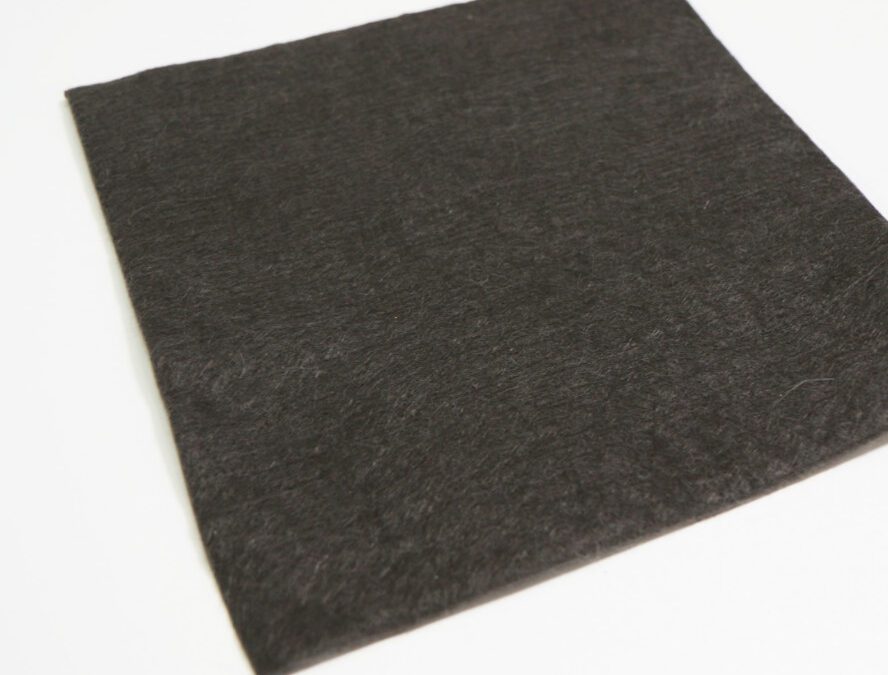Not all geotextile drainage fabric have the same function. So, you must be fast and make sure you have chosen the proper drain first. The difference is about something other than woven and non-woven, there are several more types, and you should also consider these!
All geotextile fabrics are designed to increase soil stabilization and ground support. This is the main goal for many people to have this drainage system, although there are still some other differences.
This material is best for those who want the project to avoid problems such as blockages or erosion. Because, after all, in construction as well as engineering, soil problems such as drains, and decay are the primary concern.
So, we will help you find the primary types of fabric that are generally used in construction activities. You must see which one is the most appropriate for your application. To use it optimally, you should read this to the end and not miss anything!
Types of Geotextile Drainage Fabric that Fit Your Project Needs
When talking about types of geotextiles, usually what other people discuss is only about woven and non-woven. However, several different styles in this industry are also worth knowing about. This other type can also complement what your project needs.
So you should know all these types before buying the desired geotextile drainage fabric. All of them are ideal choices, but for more effective functionality, then these are some of the best options that will fit your project needs:
1. Non-Woven Fabric
It is a type of geotextile fabric that allows water to flow easily and is sturdy. It is very versatile for absorbing landscape drainage. Non-woven geotextile fabrics are often used as a landscape material to support drainage, filtration, and soil stabilization.
2. Woven Fabric
Suppose this is the so-called geotextile drainage fabric that is processed by pressing and cutting the polypropylene layer. Then, it will go through the woven process first to make it stronger. And this matting also serves as a filtration layer for blocking foreign particles.
3. Film Slits
Slit films are used to separate and stabilize lower soils than drainage cloths. It works by doing a vertical barrier and holding it with wooden stakes. This is good for preventing sediment from flowing down the geotextile drainage filter.
4. Monofilament Geotextile
The next option that you should not ignore is Monofilament geotextile. And this is an option made of ribbon yarn. This type of fabric is much more vital if you compare it to other filtration projects, and it is most often used for seawalls.
5. Combination Woven Geotextile
Apart from the many varied options, the geotextile drainage fabric that has greater strength is the combination. This material is most often used for projects requiring specific strength and fluid mechanics.
And to make it possible for you to get all these types, contact BaliGEOTEX directly. This is a company that is quite specialized in the field of geotextile. Even the quality of the material they produce is export grade, so you no longer need to doubt it.
Geotextile is a fabric material that is used for various purposes. This is a suitable material, starting from the needs of filtration and separation to drainage. Geotextile drainage fabric then becomes the choice of project engineers and constructors for their projects.
For more information about Geotextile Drainage Fabric please contact: Whatsapp/Mobile Phone : +62 811 1721 338 (Ms. Ais), +62 811 9151 338 (Ms. Anna), or Email : info@urbanplastic.id.

